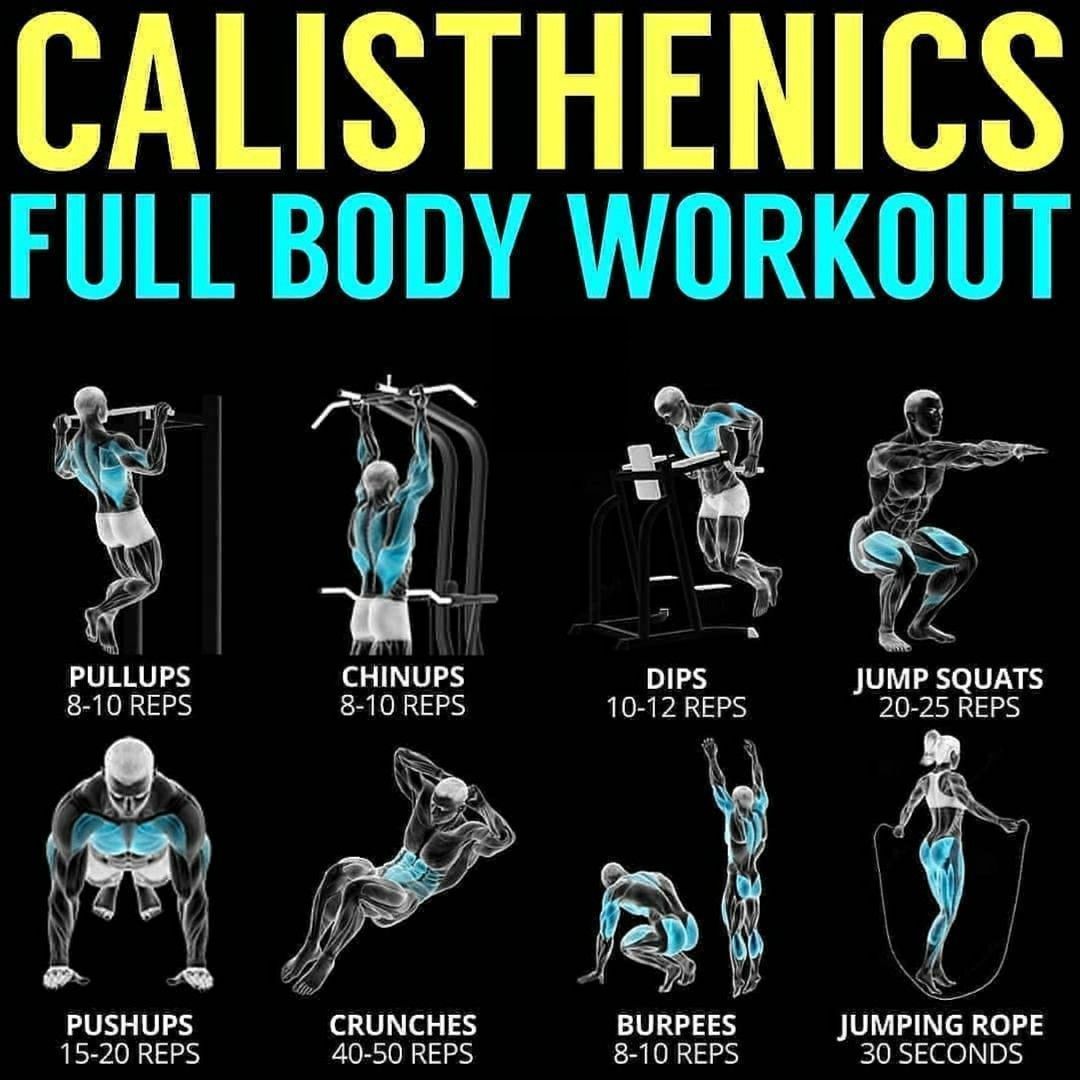Calisthenics, a form of bodyweight training, has gained immense popularity among athletes. It offers a challenging and effective way to build strength, endurance, and mobility without relying on traditional gym equipment. In this article, we will explore advanced calisthenics techniques specifically designed for elite athletes looking to take their training to the next level.
1. Plyometric Training
Plyometric exercises involve explosive movements that enhance power and muscular control. For elite athletes, incorporating plyometric calisthenics into their training routine can significantly improve their athletic performance. Exercises like depth jumps, clap push-ups, and box jumps can develop explosive strength and boost overall power output.
2. Handstand Progressions
Handstands are an excellent way to develop core stability, shoulder strength, and balance. Elite athletes can take their handstand training to the next level by incorporating advanced progressions such as handstand push-ups, handstand walks, and one-arm handstands. These variations require immense upper body strength and coordination, challenging athletes to push their limits.
3. Muscle-up Variations
The muscle-up is a compound movement that combines a pull-up with a dip. It is a true test of upper body strength, coordination, and control. Elite athletes can advance their muscle-up skills by focusing on strict muscle-ups, one-arm muscle-ups, or even the elusive cross muscle-up. These variations take considerable practice but provide unparalleled upper body development.
4. Planche Training
The planche is an advanced calisthenics movement that requires incredible core and upper body strength. Elite athletes can work towards mastering the planche by progressing through stages such as tucked planche, advanced tuck planche, and ultimately the full planche. The planche not only showcases exceptional strength but also improves shoulder stability and overall body control.
5. Front Lever Progressions
The front lever is a challenging exercise that targets the entire posterior chain, including the back, shoulders, and core. To perform a front lever, athletes must suspend their body horizontally while keeping it straight. Elite athletes can progress from tucked front levers to advanced tuck front levers, straddle front levers, and finally, the full front lever. This exercise strengthens the back muscles, enhances body control, and improves grip strength.
Conclusion
Advanced calisthenics techniques provide elite athletes with a unique way to enhance their strength, endurance, and mobility. By incorporating plyometric training, handstand progressions, muscle-up variations, planche training, and front lever progressions into their routines, athletes can push their bodies to new limits and achieve superior athletic performance. It is important to approach these advanced techniques with caution and gradually progress to prevent injuries. Remember, consistency, proper form, and dedication are key to mastering these advanced calisthenics movements.
